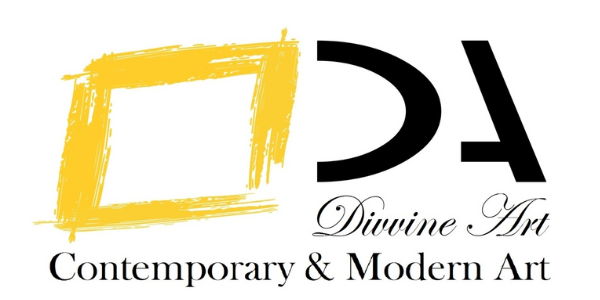Himmat Shah
Himmat Shah was born in 1933, Lothal, Gujarat. He found his initiation into a practice through artist-educator Jagubhai Shah even before joining the J J School of Art in Bombay, and then moving on to Baroda on a government cultural scholarship from 1956 to 1960.
Himmat Shah was a member of Group 1890, a short-lived artists’ collective founded by J. Swaminathan. The then Prime Minister of India, Jawaharlal Nehru, opened the group’s first and only show in 1963. The group dispersed soon after, and each of its members, including Himmat Shah, continued their artistic practices. Himmat Shah then received a French Government scholarship on the recommendation of Octavio Paz, the poet diplomat. He went on to study etching at Atelier 17 under under SW Hayeter and Krishna Reddy in Paris in 1967. As a medium, Himmat would use the surface effects of printmaking on his sculpture, revealing an ability to dynamically interpret different materials. Himmat’s own engagement with an international modernism was fostered by the two years that he spent in Paris, studying, traveling around the museums of Europe.
From 1967 to 1971, Himmat Shah designed and executed monumental murals in brick, cement and concrete at St. Xavier’s School Ahmedabad. Since then, he started working on relief in plaster in a series called silver paintings and soon sculptures – in terracotta as well as bronze. He shifted to Delhi and subsequently to a studio at Garhi started that became an artist’s laboratory, where he would experiment with clays and slips to develop a unique vocabulary in terracotta. In 2004 – 2005, Himmat Shah worked on his bronze sculptures, getting them cast at a foundry in London. His best-known work remains the heads in terracotta and bronze.
Awards
Sahitya Kala Parishad Award, New Delhi, 1988
All India Fine Arts and Crafts Society (AIFACS) Award, New Delhi, 1996
Kalidas Samman, Government of Madhya Pradesh, India, 2003
